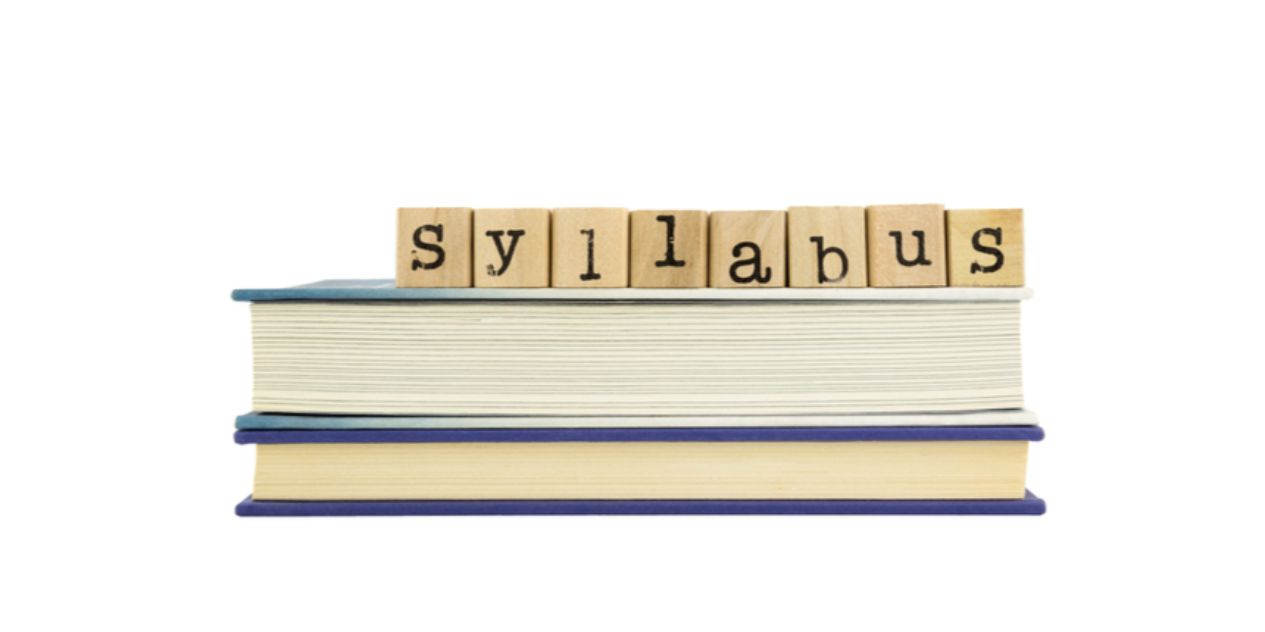ICSE Biology Class 10 Syllabus 2025-26
There is one paper of two hours duration of 80 marks and Internal Assessment of practical work carrying 20 marks. The paper is divided into two sections: Section I (40 marks) and Section II (40 marks).

Section I (compulsory) contains short answer questions on the entire syllabus. Section II contains six questions. You are required to answer any four of these six questions.
1. Basic Biology
(i) Cell Cycle and Cell Division.
(ii) Structure of chromosome.
(iii) Genetics: Mendel’s laws of inheritance and sex linked inheritance of diseases.
2. Plant Physiology
(i) Absorption by roots, imbibition; diffusion and osmosis; osmotic pressure, root pressure; turgidity and flaccidity; plasmolysis and deplasmolysis,; the absorption of water and minerals, active and passive transport (in brief); The rise of water up to the xylem; Forces responsible for ascent of sap.
(ii) Transpiration - process and significance. Ganong’s potometer and its limitations. The factors affecting rate of transpiration. Experiments on transpiration. A brief idea of guttation and bleeding.
(iii) Photosynthesis: the process and its importance to life in general; experiments to show the necessity of light, carbon dioxide, chlorophyll, formation of starch and release of oxygen; carbon cycle.
(iv) Chemical coordination in Plants: A general study of plant growth regulators; Tropic movements in plants.
3. Human Anatomy and Physiology
(i) Circulatory System: Blood and lymph, the structure and working of the heart, blood vessels, circulation of blood (only names of the main blood vessels entering and leaving the heart, liver and kidney will be required). Lymphatic system.
(ii) Excretory System: A brief introduction to the excretory organs; parts of the urinary system; structure and function of the kidneys; blood vessels associated with kidneys; structure and function of nephron.
(iii) Nervous system: Structure of Neuron; central, autonomous and peripheral nervous system (in brief); brain and spinal cord; reflex action and how it differs from voluntary action.
Sense organs - Eye: Structure, functions, defects and corrective measures: Ear: Parts and functions of the ear.
(iv) Endocrine System: General study of the following glands: Adrenal, Pancreas, Thyroid and Pituitary. Endocrine and Exocrine glands.
(v) The Reproductive System: Organs, fertilisation functions of placenta in the growth of the embryo Menstrual cycle.
4. Population
Population explosion in India; need for adopting control measures - population control.
5. Human Evolution
Basic introduction to Human evolution and Theories of evolution: Lamarck’s theory of inheritance; Darwin’s theory of evolution by natural selection.
6. Pollution
(i) Types and sources of pollution; major pollutants.
(ii) Biodegradable and Non-biodegradable wastes.
(iii) Effects of pollution on climate, environment, human health and other organisms; control measures.